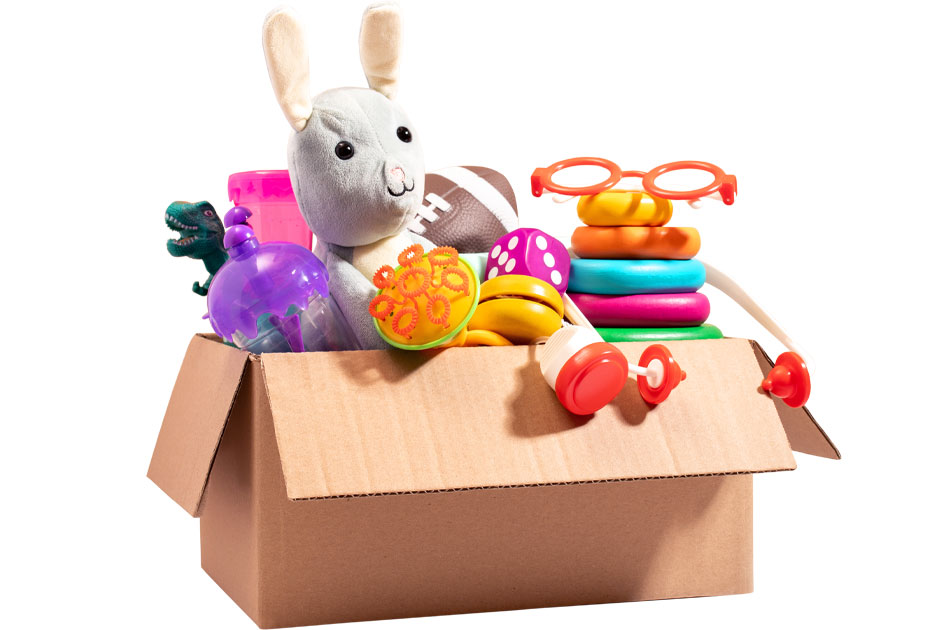Each month, this series will provide important facts and tips surrounding child safety in an effort to support parents and caregivers as they navigate reducing risks and creating the safest environment possible for the children in their lives.
Did you know that January is National Bath Safety Month? Bath time can be such a routine activity in your home that the risks that are associated with it can often be forgotten. In an effort to reduce bath-related accidents and injuries for your family, this month, we’re sharing tips and precautions that you can implement into your own bath time routines. Let’s keep everyone safe and bath time fun!
Understanding the Risks
Bathrooms are statistically known for being the most dangerous place in our homes for many reasons. The top three hazards surrounding the bath are slips and falls, burns and drownings. The hard surfaces, wet surroundings and collected water at different levels and temperatures all deserve extra attention to minimize the risk of injury, especially in regards to babies and young children. According to the United States Consumer Product Safety Commision, “over 75% of all bathtub and shower-related fatalities occur among children under five with 90% of the injuries and deaths occuring when these young children are not being supervised by a responsible adult.”
Layers of Protection for Bath Safety
Keeping children safe isn’t about just one protective measure but partnering them in layers to make sure you have every opportunity possible to avoid an incident.
Here are a few different layers of protection to establish in your own home for parents and caregivers:
- Adult Supervision – Having responsible, intentional eyes on your children at all times is key to ensuring their safety, especially those who are not proficient at standing, balancing or swimming on their own. Keep everything you need for bath time within arms reach to avoid leaving your little one alone. Adults, parents and caregivers should all be fully aware of potential water and bath-related dangers at home, when visiting someone’s home or traveling on vacation.
- Repetition of Boundaries – Engage children on topics about water and bathroom safety to ensure the message is getting through to them, at all stages of childhood. Remind them not to go into the bathtub or shower without an adult with them and to always sit in the bathtub, don’t stand.
- Physical Barriers – Invest in child safety resources for your bathroom as this is the first line of defense (outside of supervision) as it restricts solo exposure for children. Invest in things like child safety covers for bathroom door knobs, anti-slip gripper bath or shower mats or strips, spout cover for the faucet for protection and a thermostat that beeps in the water if the temperature is too hot.
- Water Heater Update – Set your water heater at 120 degrees F or right below the medium setting to avoid water temperatures for the bath or shower to get too extreme.
- CPR Certification – The NDPA (National Drowning Prevention Alliance) encourages adults to prioritize CPR, first aid and rescue knowledge in the event that something goes wrong and these measures are needed to save a life.
Taking Immediate Action if Injury or Accidents Occur
According to the American Red Cross, should a child exhibit signs of a water emergency, you should rescue and remove them from the water immediately and begin rescue breathing and CPR. Don’t wait to have someone call 911 or emergency medical services (EMS). If you are alone, provide at least two minutes of care, then call EMS.
A general safety measure is to always have a first aid kit easily accessible as well as any important documents such as lists of medications your child is currently taking and phone numbers for contact information for pediatricians and emergency contacts. If you are unsure about the severity of a child’s burn, wound or injury but have concern, don’t wait to head to the nearest emergency room or call 911.
Helpful Resources to Learn More
- Safe Kids Worldwide – safekids.org



















